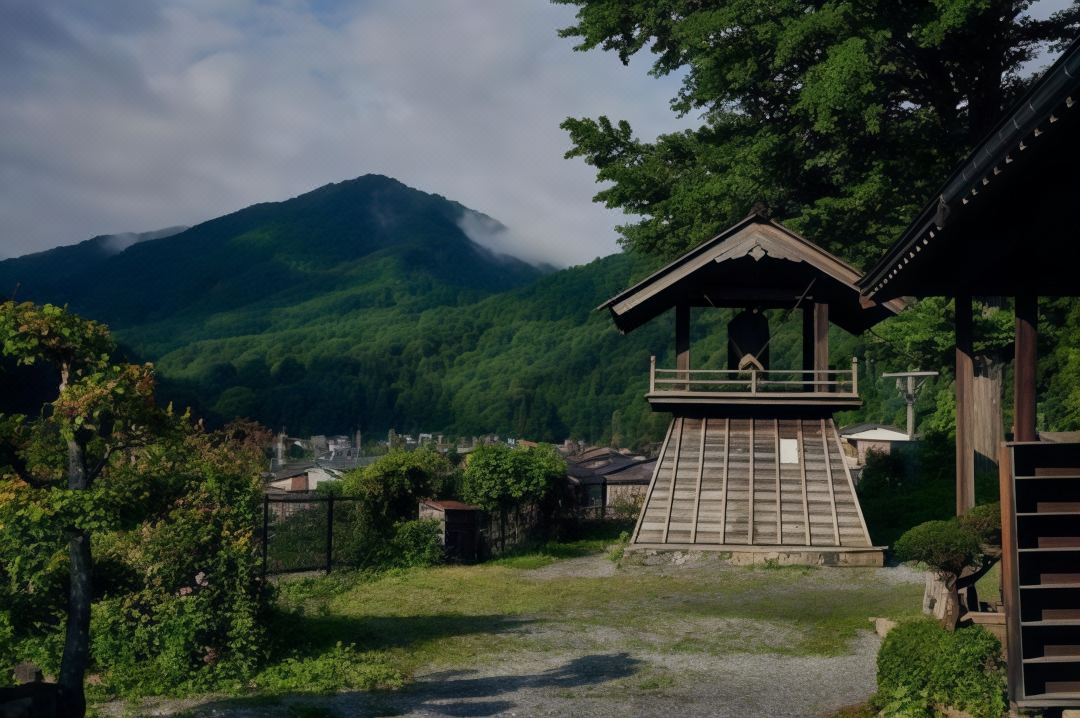Lacquer on glass! ? Report on the Maruka Kosaka lacquerware shop in Kiso Hirakawa!

Maruyoshi Kosaka Lacquerware Store is located in Kiso Hirasawa, a small town along the old Nakasendo in Nagano Prefecture. You are producing lacquered products in the new form of glass lacquering, which was created while passing on the traditional techniques of lacquering. We would like to introduce you to Maruka Kosaka Lacquerware Store, which is full of works as beautiful as jewels.
Maruyoshi Kosaka lacquerware store opens up a new era of lacquerware.
Lacquer is a traditional Japanese craft that has a long history and has been used for various daily necessities and ornaments since the Jomon period.
Lacquer painting has been handed down in each region and continues to color our lives today.
Maruyoshi Kosaka Lacquerware Store, which I will introduce this time, produces lacquered products in a new form while inheriting the traditional techniques of lacquering.
When you step into the shop in Kiso-Hirasawa, a small town along the old Nakasendo trail in Nagano Prefecture, you will find lacquered glassware that shines like jewels.
The first thing that comes to mind when you hear the word lacquer is wood products.
Maruyoshi Kosaka Lacquerware uses a special technique of applying lacquer to glass to create lacquered products.

What is the beginning and charm of glass lacquering?
Since Maruyoshi Kosaka Lacquerware was founded in 1945, we have been making a living from lacquerware. Kiso Hirasawa is famous for large-scale lacquered products, and Maruka Kosaka Lacquerware Store originally made low tables. After that, the business expanded to include lacquer painting of western furniture. developed the lacquer product "Hyakushiki". The special technology that does not peel off even when applied to glass is amazing.
Lacquered wooden tableware is easily damaged and cannot be used with metal forks. rice field.
In addition, by making use of the transparency of glass and applying lacquer without pigments, we are creating new lacquered products that look like jewels that allow light to pass through.

Recently, in addition to tableware, we have also developed accessories as a series that is easy for the younger generation to pick up.
The "Jeweki" series, which looks like the sap that is the raw material of lacquer, is lacquered with the image of the milky white sap before being exposed to the air and the amber color of the sap after being exposed to the air.

A workshop where you can feel the history of lacquering
The second floor of the shop is a workshop, and you can feel the presence and history next to the lacquerware craftsmen working.
Surrounded by the unique scent of lacquer, you can even feel the solemn atmosphere in the earnest gaze of the craftsmen. You can feel the history of lacquer painting, a traditional Japanese craft, in an extraordinary space, and just being a part of this space is priceless.
On the day I visited, it happened to be a process called cloth dressing, which is rarely done. and cheer up.

Experience Japanese traditional handicraft lacquer maki-e!
At the workshop of Maruyoshi Kosaka Lacquerware, you can experience maki-e while enjoying the same atmosphere as the craftsmen.
This time, I participated in the maki-e experience, so I will tell you how it is.
Before starting the experience, we were given an explanation of the brushes, lacquer, and other tools normally used by craftsmen to apply lacquer. There are various types of brushes, from human hair to animal hair such as cats and mice, and they come in various shapes.
Lacquer is milky white before being exposed to air, and gradually turns into a transparent amber color. The stickiness is like starch syrup, and if you touch it, your hands will be rough, so work is done with gloves.
You can choose from several types of patterns for maki-e.
We will start with the experience of straining the lacquer used for makie in the same way as the craftsmen. It takes a little trick, but it feels comfortable to spend time carefully straining the precious lacquer.

I spent about 20 minutes drawing a picture. It was a very meaningful time for me to heal my heart because I don't have many opportunities to hold my breath and concentrate as an adult. In the hands-on experience, you can experience the maki-e up to this point, and later, the craftsman will apply lacquer mixed with black and red pigments.

And here is the maki-e that was completed after being sprinkled with gold powder. The gold powder is shining so beautifully, and I look forward to the day it arrives.

For inquiries about the maki-e experience at Maruyoshi Kosaka Lacquerware, please contact LOCAL CRAFT JAPAN .
[Maruyoshi Kosaka Lacquerware Store]
Hotels near Maruyoshi Kosaka Lacquerware
Address: 1817-1 Kiso Hirasawa, Shiojiri City, Nagano Prefecture 399-6302
Store hours: Weekdays 9:00-17:00 Saturdays 10:00-17:00 Sundays and holidays 10:00-16:00 *Temporarily closed
Access: About 10 minutes on foot from JR Kiso Hirasawa Station along the road along the Chuo Main Line in the northeast direction
Phone: 0264(34)2245
We will introduce you to the unconventional sights, such as the workshops that inherit the tradition while challenging to update, the daily activities of the craftsmen, and the expressive nature that continues to inspire creations. In order to share the richness of the future with you and hand down the crafts of Japan's production areas to the future, we will continue to discover and disseminate the charm of production areas today. For travelers, by interacting with craftsmen and craftsmen, connecting the past and the future, a rich time to deeply appreciate the day called today. To the production areas, help hand over the rich crafts of Japan to the future. Through their travels and spending time in conversation, they will create new discoveries of Japan and connections with new friends.
The contents on this page may partially contain automatic translation.



































![[2026] Top 5 Strawberry Picking Spots in Tokushima, Naruto| Farms and Access Guide for January to May](https://resources.matcha-jp.com/resize/720x2000/2025/03/06-227165.webp)


